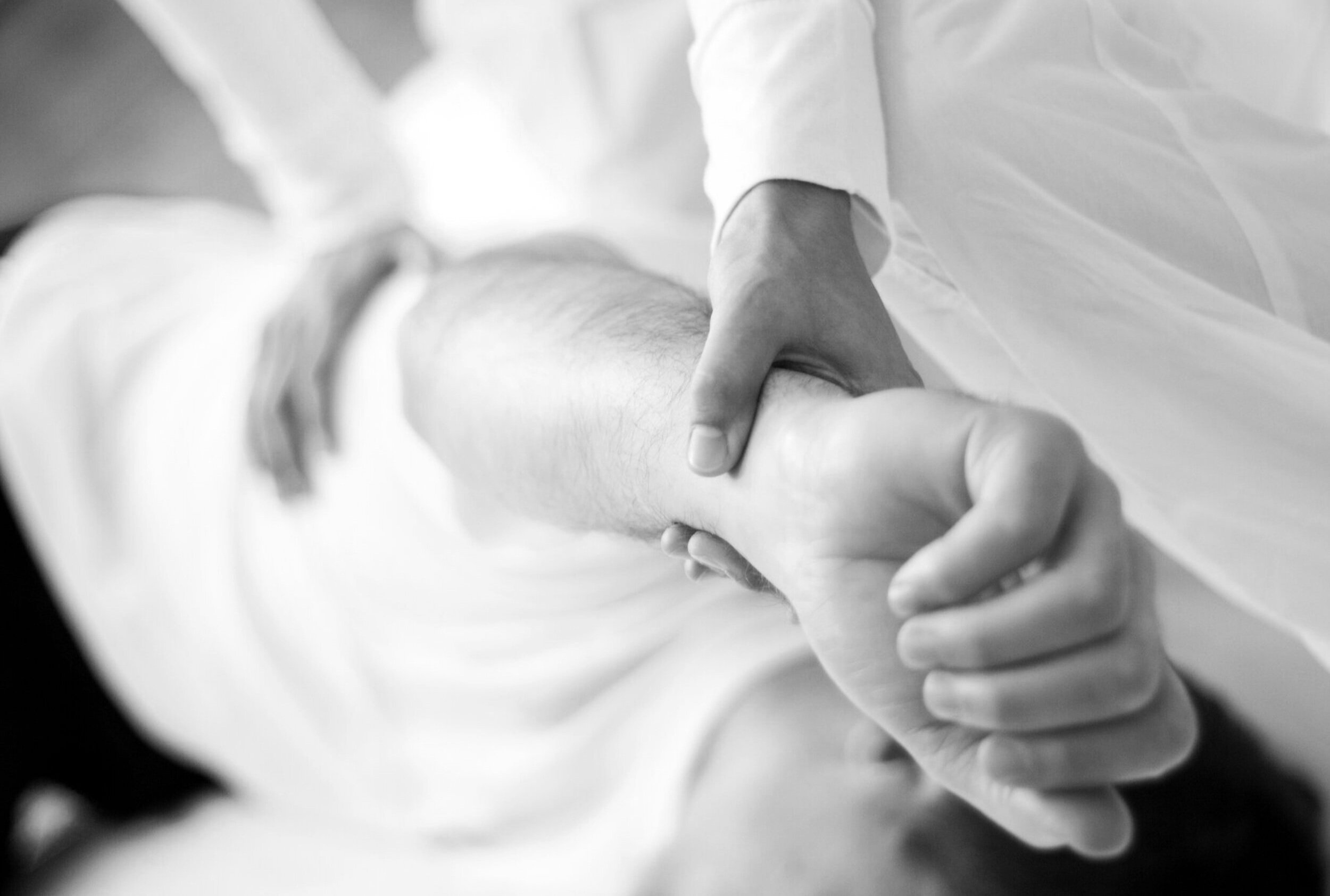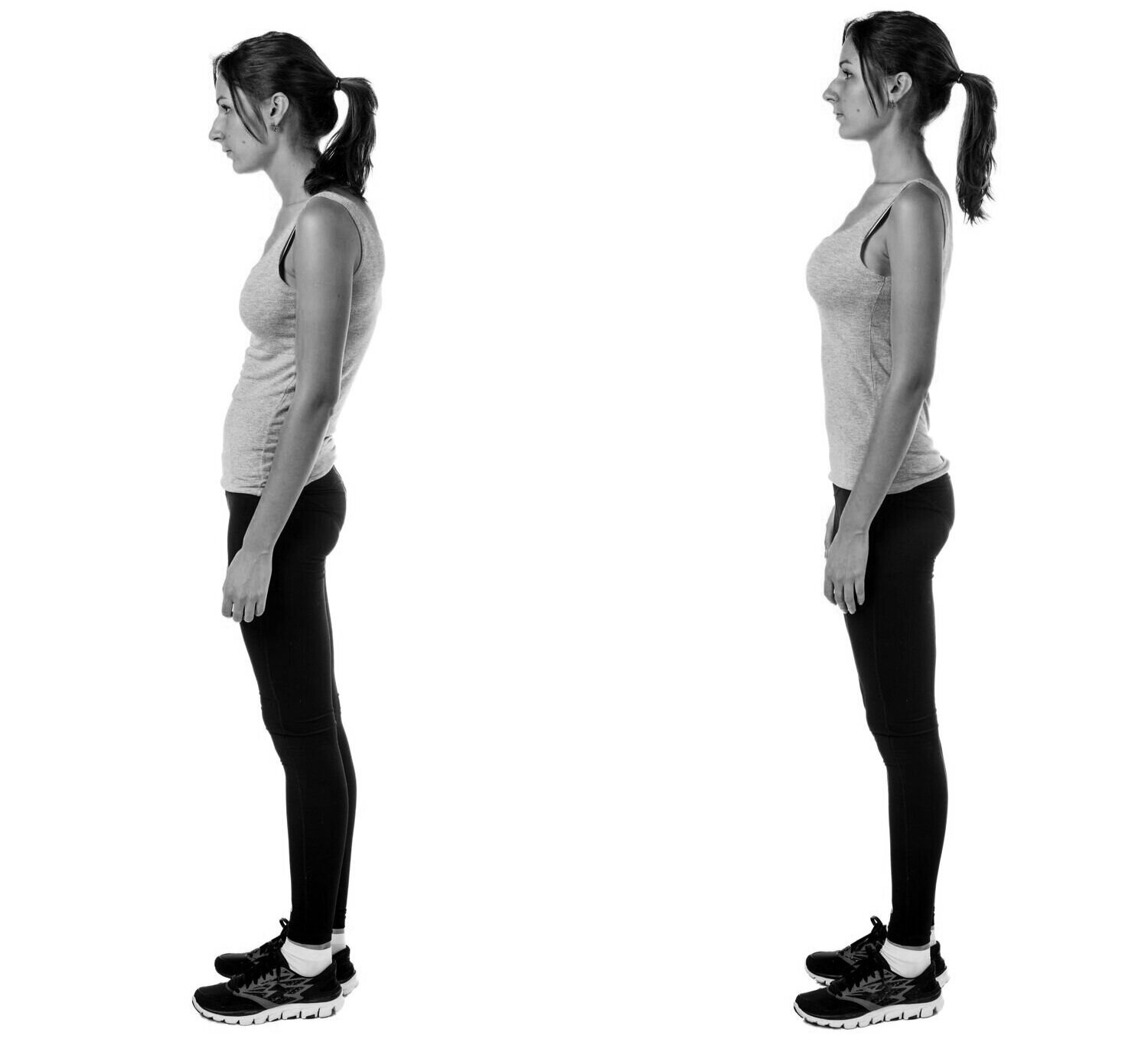Physical Therapy
The way it was intended
MANUAL PHYSICAL THERAPY
Physical Therapy is a science-based healthcare profession, which is concerned with identifying and maximizing quality of life and movement potential. It is one of the best-proven approaches to treatment of the joints, muscles, tendons, nerves, ligaments and fascia. Orthopedic Manual Physical Therapy is an advanced specialty practice of clinical approach utilizing specific hands-on techniques, including but not limited to manipulation / mobilization, used by the physical therapist to diagnose and treat soft tissues and joint structures for the purpose of modulating pain; increasing range of motion; reducing or eliminating soft tissue inflammation; inducing relaxation; improving contractile and non-contractile tissue repair, extensibility, and/or stability; facilitating movement; and improving function.
Corrective Bodywork
Corrective Bodywork is manual therapy intended to alleviate symptoms related to misalignment. While this sort of therapy can produce tremendous relief and balance, corrective bodyworkers are not always trained in Structural Integration but they use many of it's principles. This type of therapy uses manual techniques derived from Structural Integration but applies them locally. These techniques allow us to make useful changes in fascia that has become "stuck" or "fuzzy." This work is not holistic but extremely powerful if your negotiation with gravity is causing you pain or acutely affecting your performance. With Corrective Bodywork our consistent intent is to build on your strengths and gently guide you toward more alignment in areas where you struggle. Corrective Bodywork can be applied is one session or a few sessions that each build on each other.
Functional training
The main word here is function. Function is purpose. So functional training is just training that has a purpose. Functional training includes systematic assessment and instruction in movements that challenge a person’s motor control in order to make ADL’s easier. It is intended to increase the stability, strength and power an individual needs to handle the activities they wish to engage in on a weekly or daily basis. This kind of training encourages fascial pliability and healthy arthro-kinematics - healthy bone and joint movement. The training is progressive, proprioceptively rich and includes multi-joint movements. It is interesting and playful, involving re-education of behavior we engaged in as babies and children (rolling, crawling, coming to sitting, coming to standing and climbing).
Controlling Pain
Manual therapy leverages a range of techniques that help reduce pain. Stretching tight structures, reducing swelling, and warming tissues can all play an effective role in pain reduction. Joint mobilization/manipulation can reduce pain by stretching tight structures and enhancing blood flow to the joint. When joint mobilization techniques are used there is an immediate analgesic effect thought to be the result of actions associated with nociceptors within the joint structure. If the thrust manipulation is performed, the joint is taken beyond its physiologic limits and through the anatomic limits. This is thought to stimulate inhibitory signals and cause the surrounding musculature to relax eliciting a reduction in pain.
Strengthening Injured Areas
Part of returning to a preinjury state involves restoring strength at the site of injury. Manual therapy offers a range of techniques that can be applied to improve strength. The ability to generate force throughout the entire range of motion can be greatly reduced when a joint is injured. Since strength returns to the injured area in varying amounts and is dependent upon particular ranges of motion, it is important to strengthen the specific area throughout the entire range of motion for full function to return to the joint. The different length tension relationships that develop within the muscle’s Actin and Myosin as the body part moves are naturally controlled neurologically and reflexively by the “Muscle Spindle,” but an injury can “short circuit” the system.
Improving Mobility and Motion
Mobilization and/or manipulation techniques are the most common types of manual therapy utilized in Physical Therapy. The differences between mobilization and manipulation are the speed and amplitude of the force applied. Mobilization techniques are applied at varying speeds and amplitude forces. Manipulation techniques are high speeds, low amplitude force in the form of a thrust applied to the joint within its anatomical limits. These techniques are specific passive movements of the soft tissue that enhance mobility and increase range of motion. Soft tissue is pliable, but many static stabilizing structures of a joint (e.g. ligaments and capsules) are similar to leather and must be stretched gradually to avoid damaging them. Mobilization forces are distinguished by different grades. The Maitland Joint Mobilization scale is commonly used by Physical Therapists to describe their specific technique for a given treatment period. The five grades include:
Grade I: Small amplitude, rhythmic oscillations mildly stretching the capsule
Grade II: Larger amplitude rhythmic oscillations moderately stretching the capsule
Grade III: Large amplitude rhythmic oscillations when the movement in the capsule is initially limited
Grade IV: Small amplitude rhythmic oscillations at the end range of motion of the capsular fibers
Grade V: Small amplitude quick thrust at the end range of motion.
BIOMECHANICS TRAINING
Biomechanics normally refers to how the muscular and skeletal systems in humans function under various conditions. It applies engineering principles, physics and other types of mathematically based forms of analysis to learn the capabilities and limits of the human body. Biomechanics enhances performance by utilizing mechanical principles to improve an individual’s technique to help them achieve their goals. Similarly, for injury prevention and rehabilitation, biomechanics is used to develop techniques that reduce the chance of injury as well as changes that may reduce injury. Understanding biomechanics and applying it is the foundation for good technique in all sports. This results in improved athletic performance, reduced injuries and heightened general wellbeing. Athletes of all ages and skill levels can benefit from biomechanical analysis whether it’s for pain reduction or to increase top level performance. Here are some more benefits of proper biomechanics:
Increased movement speed (running, swimming, etc.)
More power (jumping, hitting, lifting, etc.)
Energy conservation through economy of movement.
Helps eliminate muscle imbalances.
Reduces wear and tear on joints and ligaments.
Improved sport specific form and technique.
Postural Assessment and correction
Posture is the alignment and function of all parts of the kinetic chain. Its main purpose is to overcome constant forces placed on the body by maintaining structural efficiency. The kinetic chain requires constant postural equilibrium. Proper postural alignment puts the body in a state of optimal neuromuscular efficiency, allowing for proper joint mechanics and effective distribution of force throughout the kinetic chain. It lets the body produce high levels of functional strength. Without proper postural alignment, the body is set up for a series of traumas known as postural distortion patterns. A dynamic postural observation examines basic movements and provides crucial information about how muscles and joints interact. It searches for any imbalances in anatomy, physiology, or biomechanics.
corrective exercises
Corrective Exercise is a technique that leverages an understanding of anatomy, kinesiology, and biomechanics to address and fix movement compensations and imbalances to improve the overall quality of movement during workouts and in everyday life.
Corrective Exercise is used to help assess and determine the root cause of imbalances and faulty movement patterns that lead to issues with posture, balance, and total body coordination. By properly aligning the body, corrective exercises helps it to handle the load that everyday movement puts on it and helps reduce the risk of future injury.


















